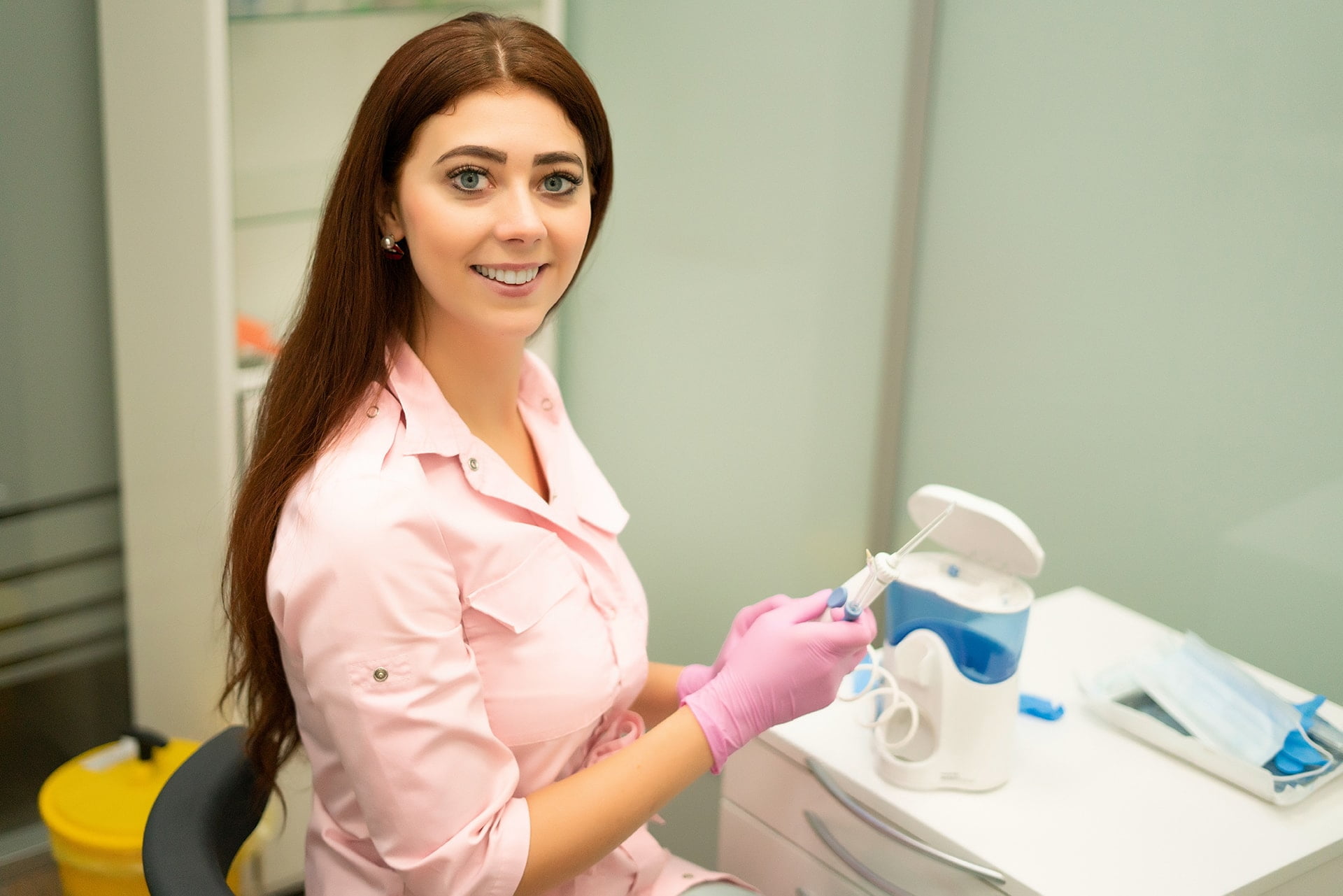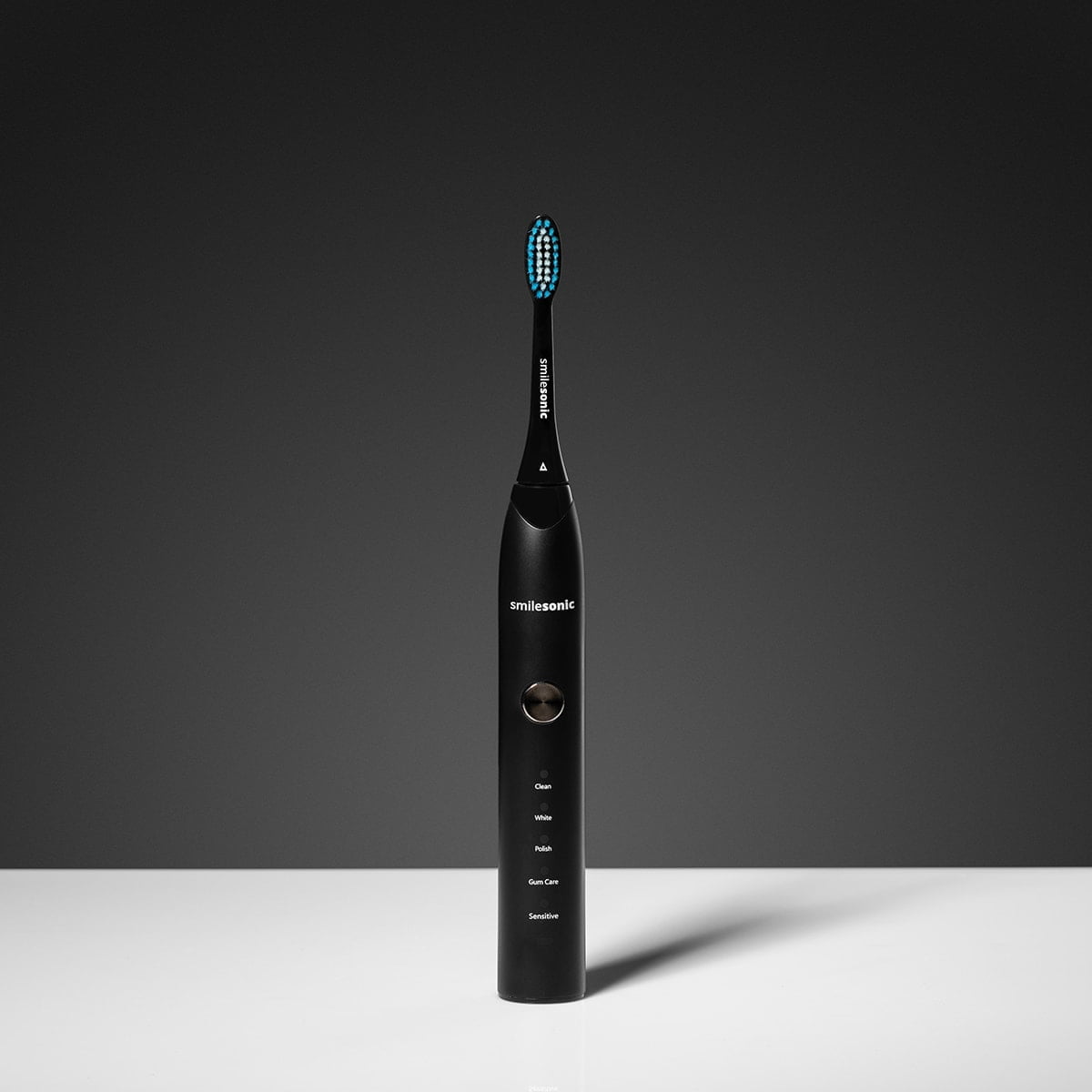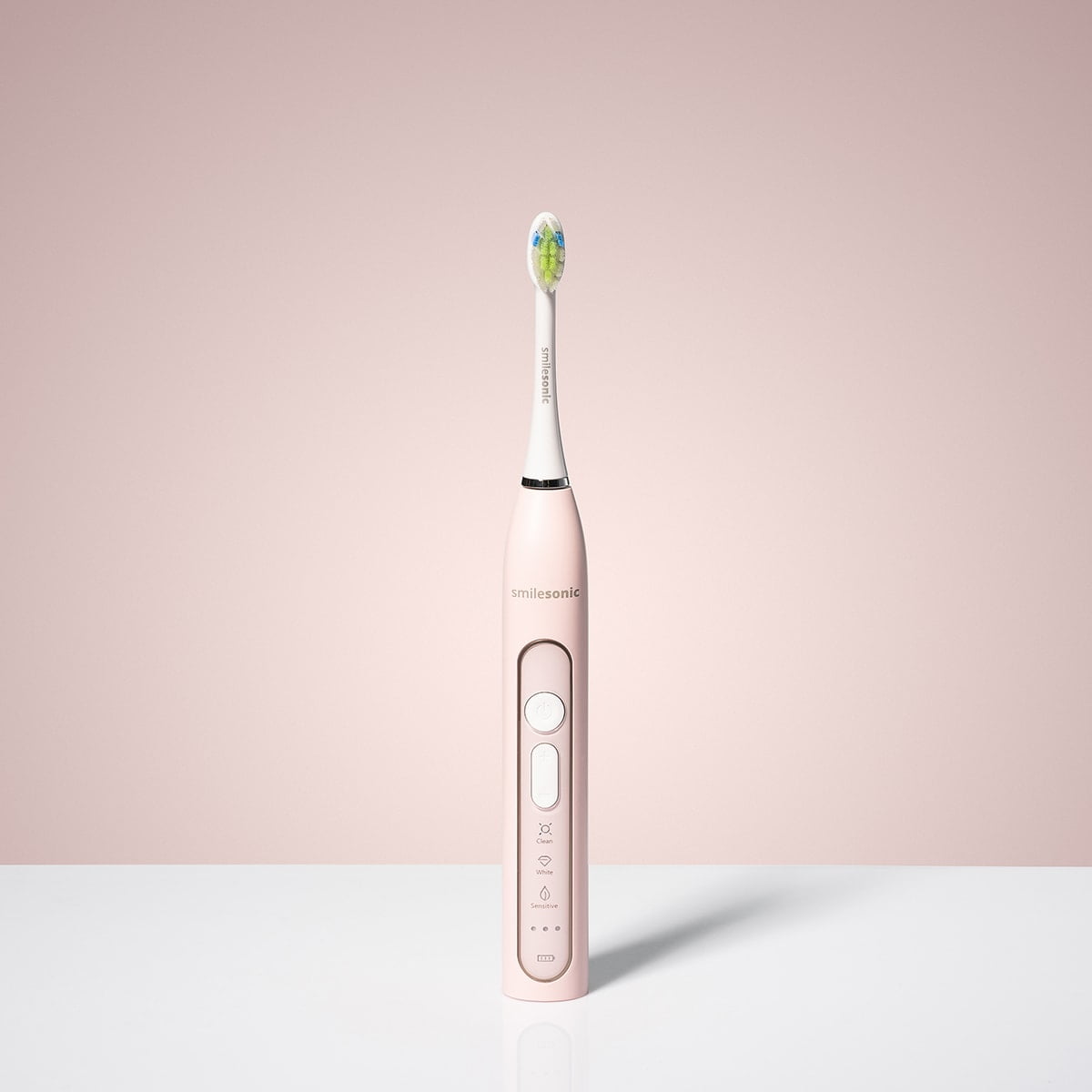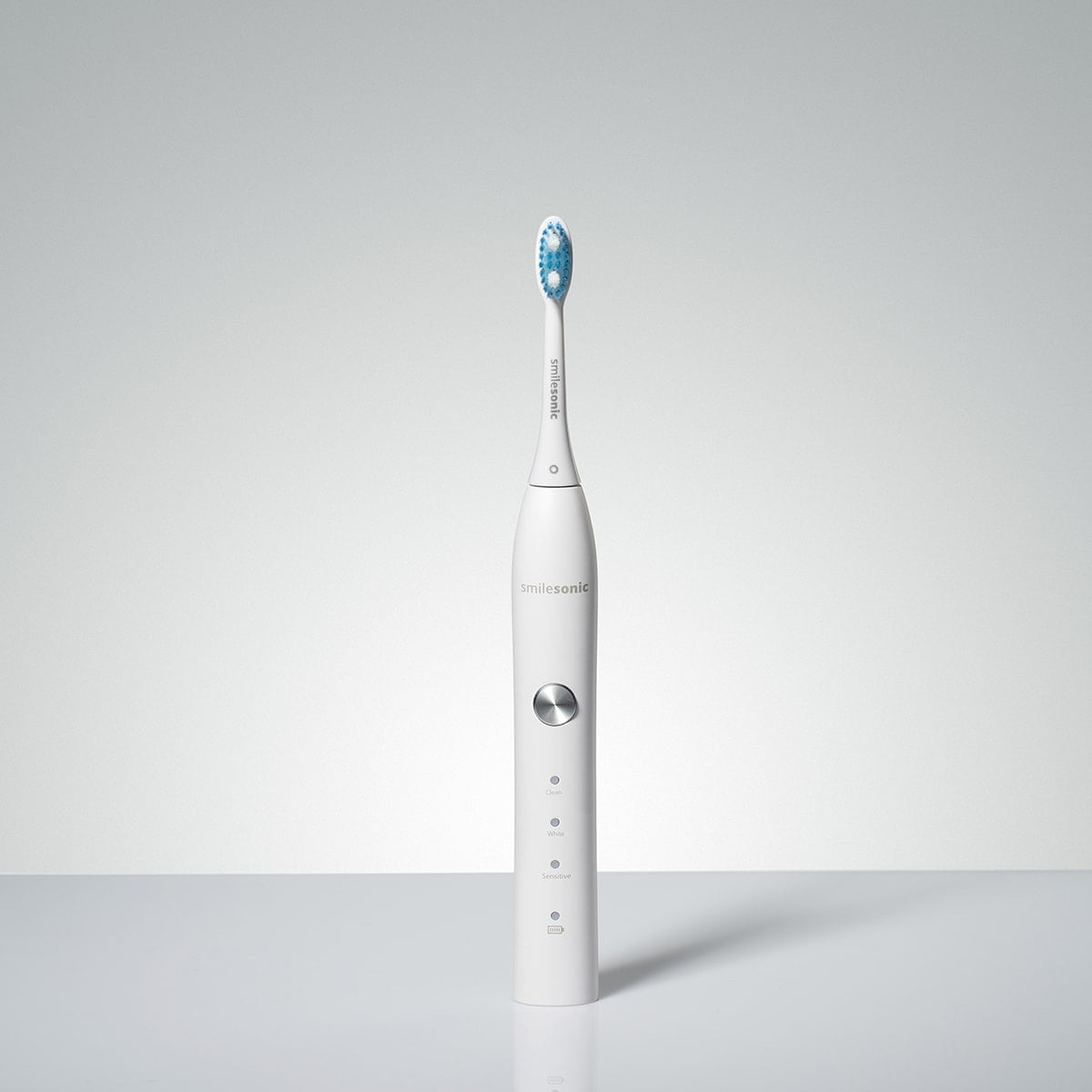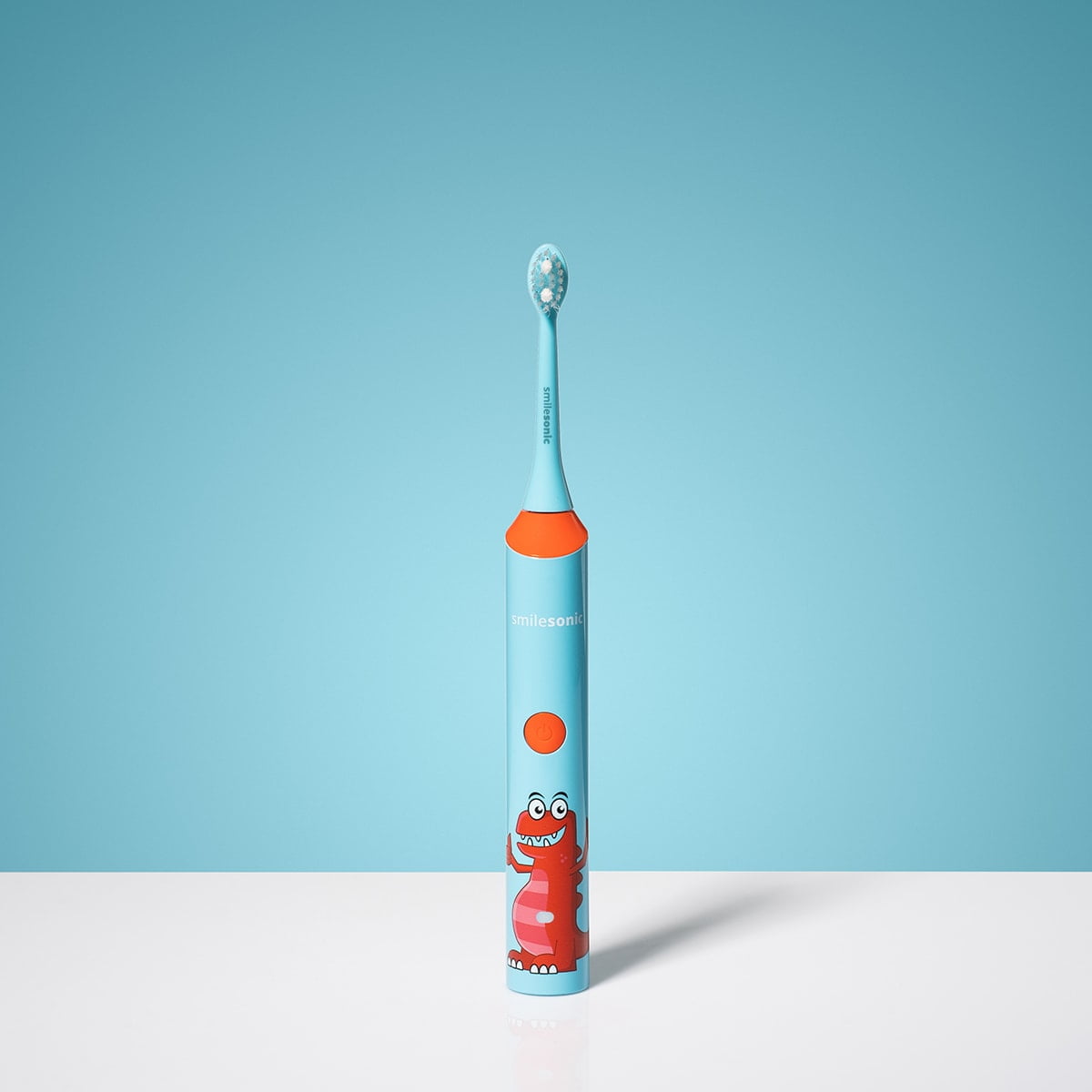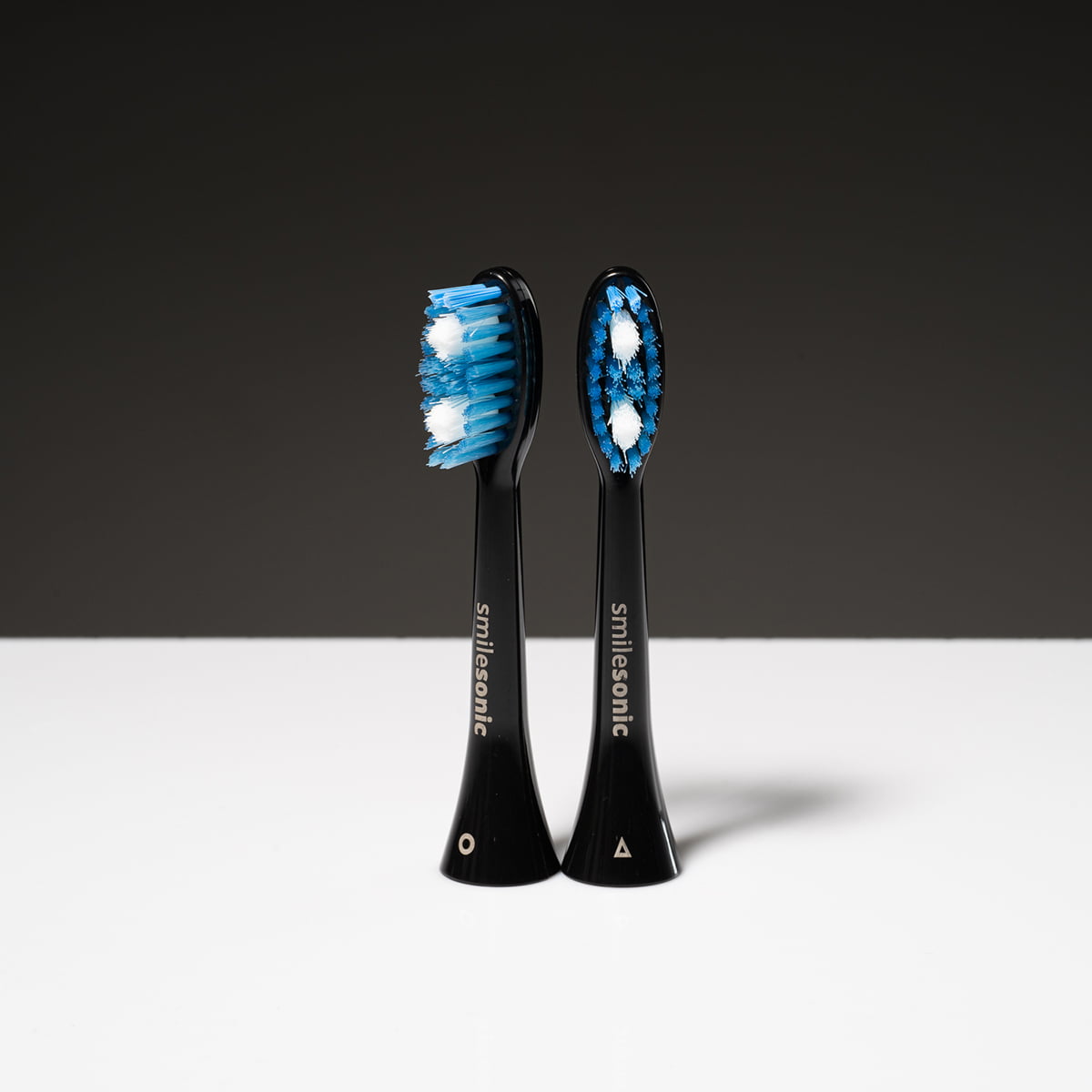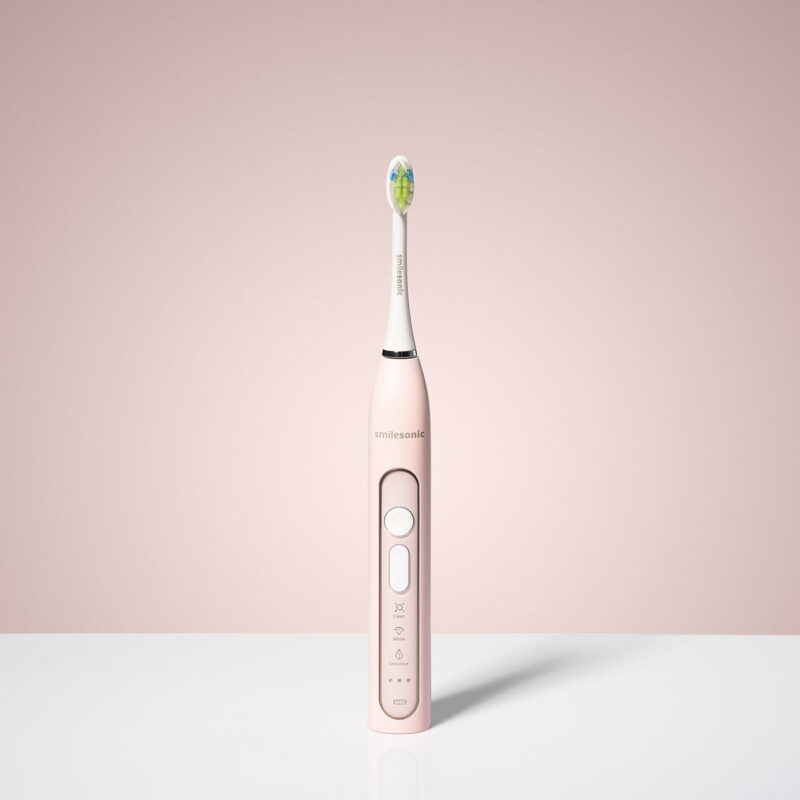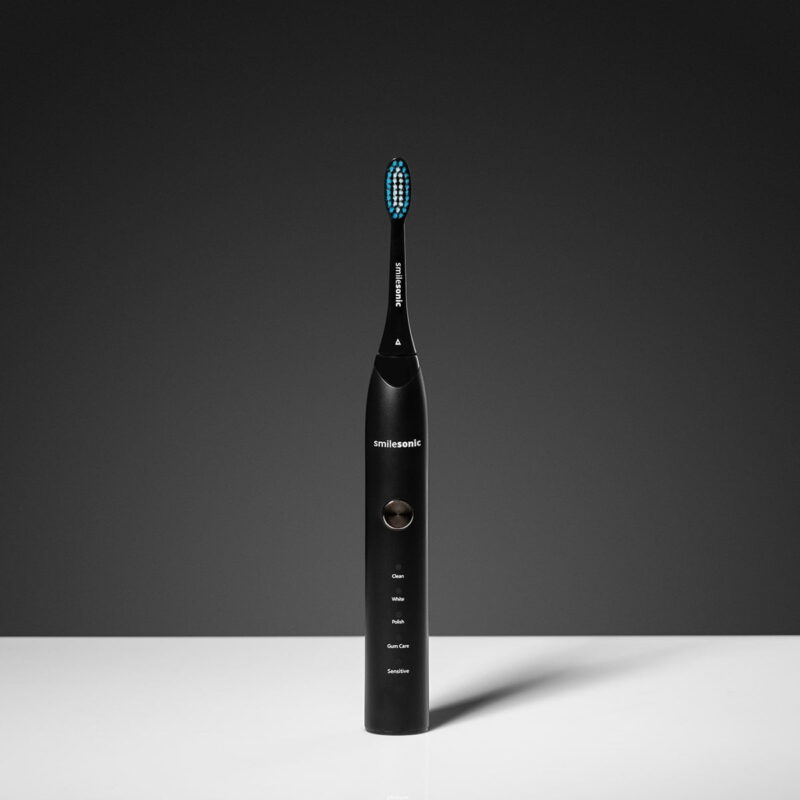What is a dental irrigator?
Cleaning your teeth with even the best sonic toothbrush isn’t enough. While these devices are great for everyday oral hygiene, they can’t get bacteria out of the hardest-to-reach nooks and crannies of your mouth, such as interdental spaces and tooth contact areas. These places can only be reached by dental floss or… a dental irrigator. And it is this innovative equipment that will be the subject of today’s article. Would you like to learn more about it?
What is a dental irrigator?
Electric toothbrushes are still considered “exclusive” by many, but what do you call a dental irrigator? This device, which resembles a small pressure washer, is a true rarity. Fortunately, it is becoming more and more popular and common in Poland every year. Why is it worth getting interested in?
We’ve already mentioned that we can remove residue from the most inaccessible places with the help of an irrigator (more on this in a moment), as well as dental floss. The latter is a very useful tool, but only under certain conditions. The most important of them is a skillful use of dental floss, which unfortunately, many users find very difficult. No wonder – flossing is not that easy (sometimes even specialists in oral hygiene can’t cope with it!). Plus, many users find it uncomfortable and time-consuming.
As you may have guessed by now, a dental irrigator is a great alternative to flossing. It’s a specialized piece of equipment that cleans the hardest-to-reach areas of the mouth with a stream of water it generates. Thanks to this device, we are able to get rid of bacteria from interdental fissures, tangent areas of teeth, places along the gum line or gingival pockets.
How does an irrigator clean my teeth?
Anyone who owns a car has probably been to a self-service car wash. You know all those car washes you use to clean your car? An irrigator is more or less similar in form, except that it is of course much smaller and is used strictly to wash bacteria from the hard-to-reach areas of the mouth.
The user pours water into the reservoir of the device, turns on the irrigator and then begins to “spit” the liquid under high pressure in exactly the direction we want it to go. Quick, efficient, and without having to worry about proper flossing technique!
Experts confirm that cleaning teeth with an irrigator is not only more comfortable, but also more effective than flossing. An irrigator is able to remove up to 99% of bacteria from our mouth during a single cleaning session, which is not always possible with dental floss. The irrigator also has a great effect on the gums – it massages them, stimulates them and improves their blood supply. Due to its effectiveness and non-invasiveness, it is a great solution for braces, bridges and denture wearers.
Types of Dental Irrigators
Would you like to be able to clean your teeth anywhere? Or are you looking for equipment just for your home? Today’s irrigators adapt to the needs of different users. We currently distinguish between two types:
- Stationary irrigator – a larger size equipment, designed for home use. It usually has a reservoir with a capacity of 450 to 650 ml, which is enough to rinse your mouth without having to refill the water several times. It also usually offers a wide range of adjustment of the generated liquid pressure. Its disadvantages, however, are the fact that it is dependent on electricity and that it is impossible to take the equipment on a trip.
- Cordless irrigator – A smaller type of irrigator that is a great option for travelers. You can easily pack it to your bag or backpack, and you can clean your teeth with it even on a trip to the campsite – the battery installed in it is able to work on a single charge even for a dozen or so days. The disadvantages, however, are the smaller water tank, which means you’ll have to refill it two or three times during a single wash, and usually fewer wash options to choose from.
Operating a dental irrigator
When it comes to operating the dental irrigator, it shouldn’t be too difficult for anyone. We’ve already briefly mentioned it a few lines above, but now we’ll try to point it out to you in simple terms.
- Fill the irrigator bowl with lukewarm water. Why exactly lukewarm? Because such water won’t irritate our gums and it simply provides us with greater comfort. But why water and not mouthwash? Mouthwashes can cause the device’s reservoir to become limescale-covered over time, and they are wasteful and ineffective.
- Next, put the tip of the irrigator into the mouth, not pressing it against the teeth, just holding it a few centimeters away from the teeth.
- Turn the equipment on and run the water stream slowly and carefully over successive areas of the dental arch. We try to do everything to get the liquid to the sensitive areas.
- After two-three minutes turn off the device. Empty the water and rinse its tank, wash the nozzle.
- Put the equipment in a place where it can dry freely.
To whom is the dental irrigator recommended?
As you can see, the dental irrigator is a very useful, useful equipment, and its operation is extremely simple. Specialists recommend it to everyone – both healthy people who want to take their daily oral care to an even higher level, and users struggling with:
- bad breath,
- bleeding gums,
- inflammatory conditions of the oral cavity,
- malocclusion,
- periodontitis,
Besides, as mentioned before, the irrigator will also work great for people wearing braces, dental crowns, and fixed or removable dentures. So its purchase is definitely worth considering, even despite the fact that the price of the accessory that was the subject of today’s entry is not low – you have to pay 40-60 pounds for a good quality irrigator from a well-known manufacturer, and sometimes even more.
